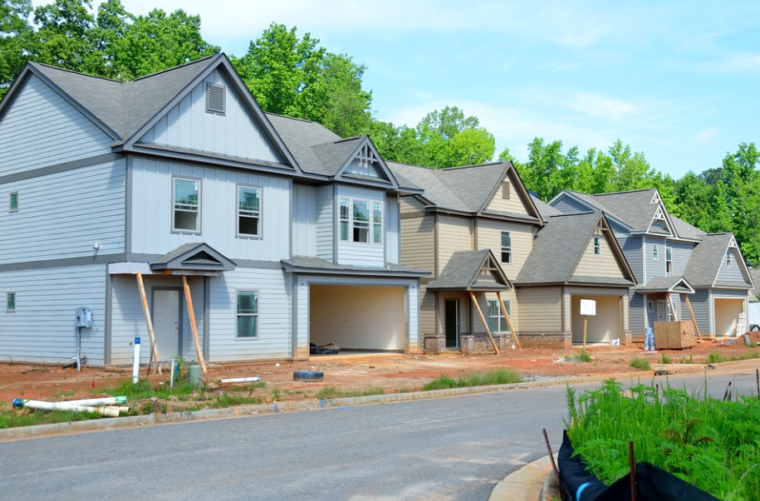
We may be experiencing a building boom but it is not producing affordable housing …and that’s what municipal leaders desperately need.
The lack of affordable housing has become a national problem. The Urban Institute reports that for every 100 low-income American households seeking affordable apartments, fewer than 30 units are available. And the National Apartment Association reports 4.6 million new units will be needed by 2030. City leaders need homes near the heart of the city for people who are employed by law enforcement, fire departments, emergency response units, school districts and health care facilities… and in most urban areas, affordable homes simply don’t exist.
Strapped for cash and facing a dearth of affordable housing units in their cities, local leaders are facing the problem head-on by seeking grant funding and tax credits, repurposing existing buildings, advancing mixed-use development that includes housing and even floating local bond issues to support affordable housing projects. To add to the problem, builders warn that the funding problem could be exacerbated by Trump administration-imposed tariffs that affect steel, aluminum and lumber costs.
Some cities are accessing private capital through public-private partnerships (P3s). And now, with the designation of Opportunity Zones, many municipal leaders will find even more sources of private funding available to them. The new federal budget outlined ways that taxes can be abated if capital investments are made in regions that are designated as Opportunity Zones. Click here for a listing of all designated Opportunity Zones in the U.S.
Long known for its innovative use of P3s, New York City is being pro-active in tapping into the capital-rich private sector for collaborative efforts to provide affordable housing solutions and trim associated expenses.
 The New York City Housing Authority began a pilot program in 2014 that transferred management of six of its Section 8 housing developments to a P3. The agreement mandated that private-sector partners invest $80 million in renovations and repairs to the property. According to a study released last month, that P3 has led to quicker completion of much-needed repairs that the housing authority could not have provided. There has also been better tenant satisfaction. Odds are that this program will expand.
The New York City Housing Authority began a pilot program in 2014 that transferred management of six of its Section 8 housing developments to a P3. The agreement mandated that private-sector partners invest $80 million in renovations and repairs to the property. According to a study released last month, that P3 has led to quicker completion of much-needed repairs that the housing authority could not have provided. There has also been better tenant satisfaction. Odds are that this program will expand.
To increase affordable housing units in the city, New York officials are accepting responses through early September to their request for proposals (RFP) for developing a mixed-use and mixed-income affordable housing development. The RFP calls for a private developer to design, construct and manage the development that will be located in Brooklyn.
Some cities are using modular construction to lower the cost and shorten the length of time it takes to have homes ready for move-in. The city of Chinook, Oregon, used modular construction for multi-family apartments. Each unit cost $190,000, which developers said could be reduced to $150,000 per unit in future modular projects. Kent County, Michigan, plans to develop affordable modular housing on more than 100 vacant sites it owns around Grand Rapids.
In Austin, Texas, city officials will ask taxpayers to approve a $925 million bond package in November, $250 million of which will be for affordable housing. That represents the largest local bond amount ever for affordable housing for the state’s capital city.
City leaders in Portland, Oregon, hope to turn their “hotel linkage fee” proposal into a $2 million windfall for affordable housing project subsidies by 2020. The plan is to impose a $5,000-per-room fee on new hotels being built. Developers can avoid the fee by providing one low-income housing unit on site or at another location in the city for every 20 hotel rooms they build.
Repurposing is also a popular option for creating additional affordable housing. The city of San Francisco plans to choose a developer to design and develop a mixed-use hotel and affordable housing project on a city property. A minimum 100-unit affordable housing residence is part of the project.
All types of funding options are on the table as the affordable housing challenge continues nationwide. Opportunities exist in almost any city in the U.S. for private-sector firms to collaborate with public officials to launch innovative projects that include affordable housing.
